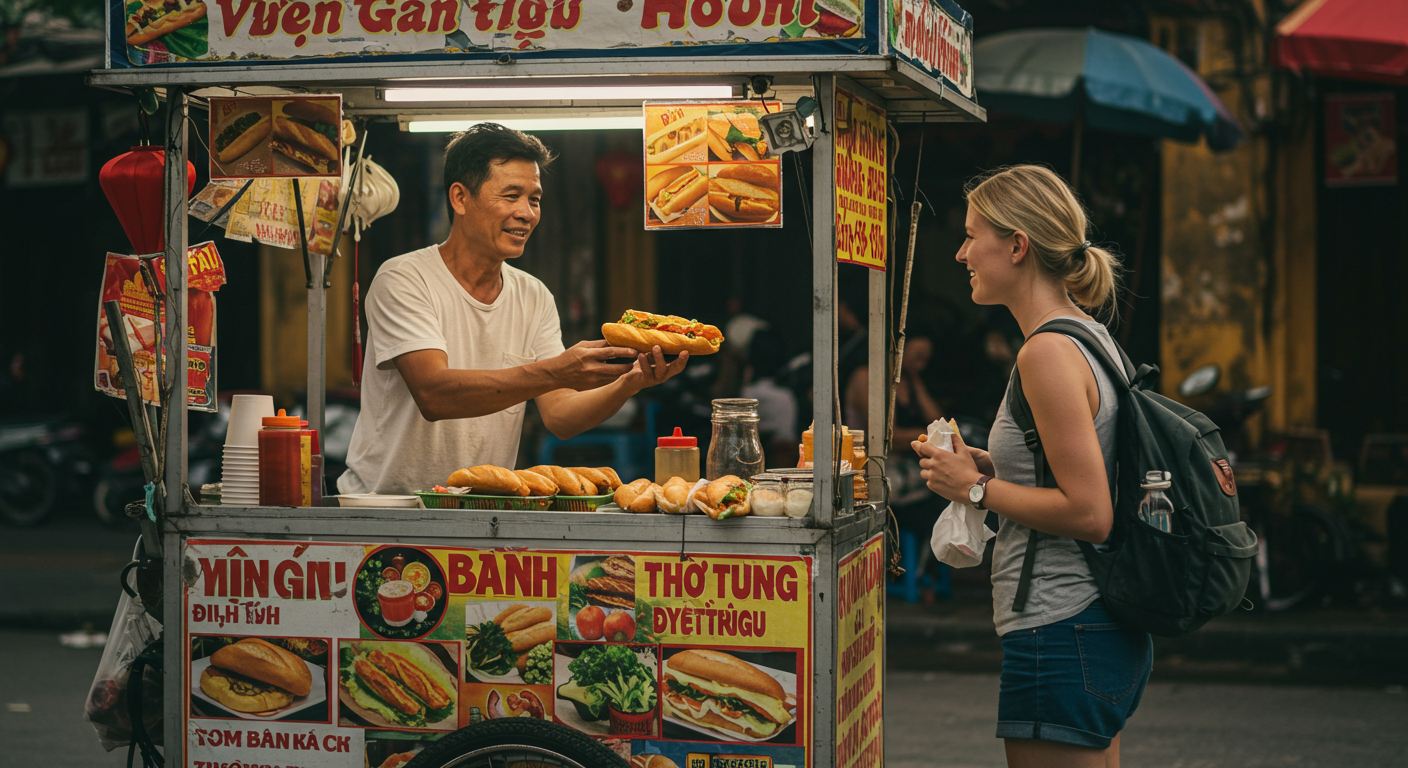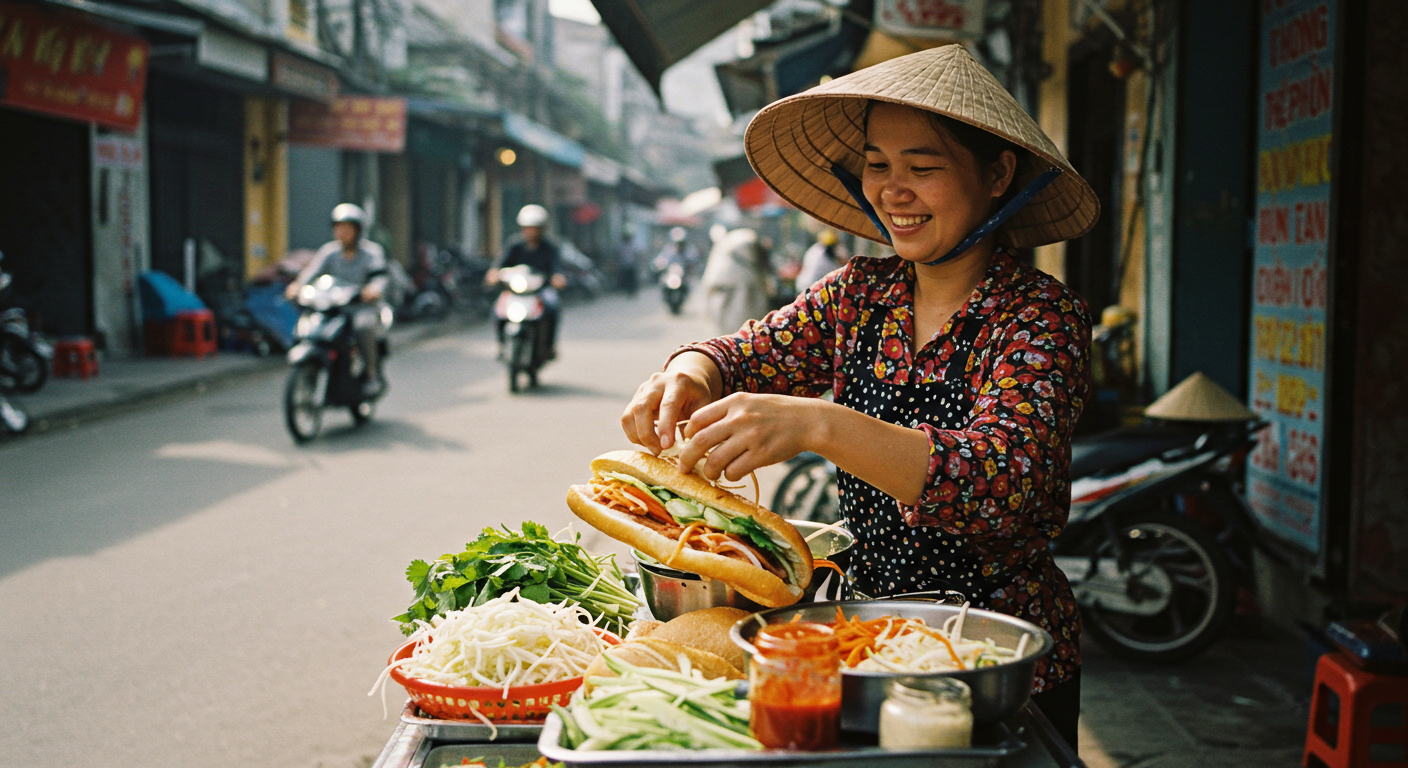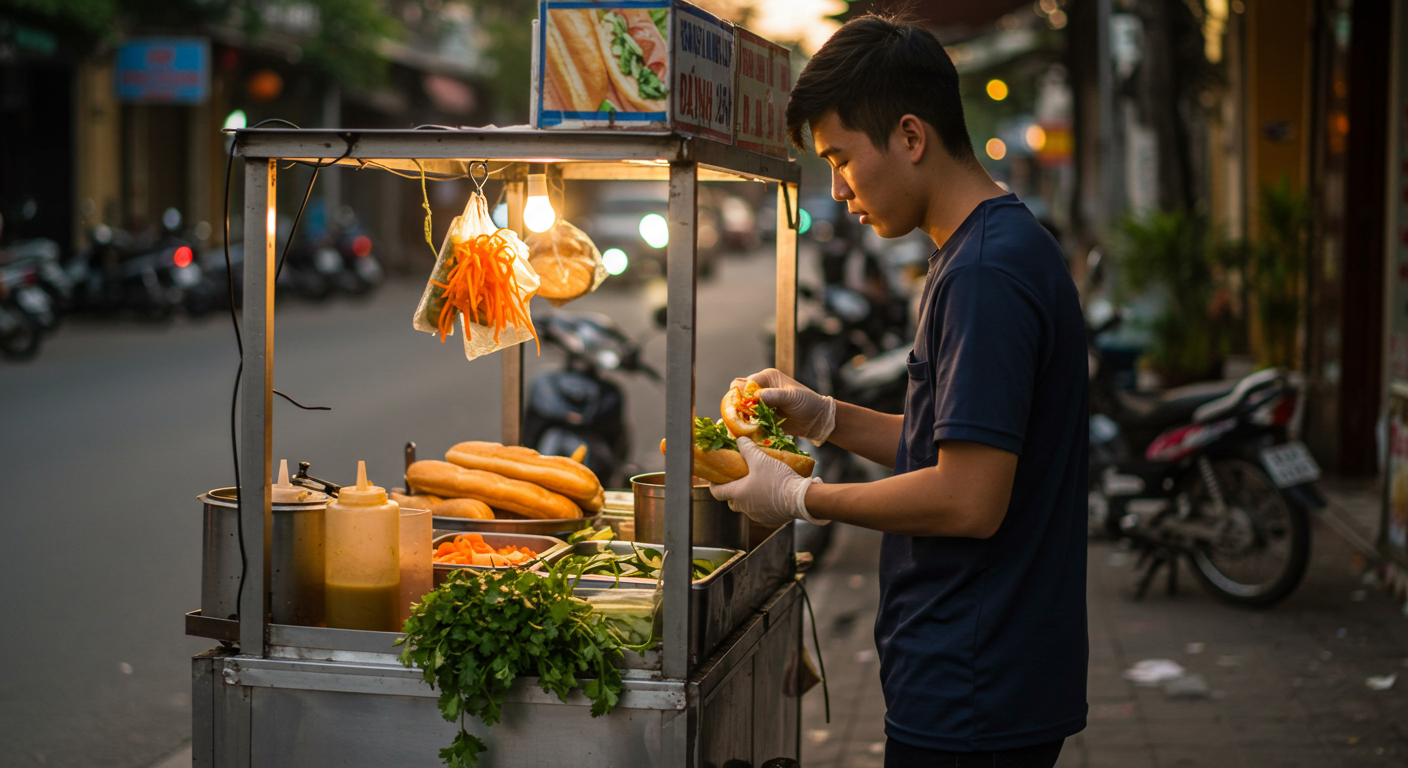
The History of Bánh Mì
The History of Bánh Mì
Few foods represent the complex cultural history of Vietnam as perfectly as the bánh mì. This iconic sandwich—a delicious fusion of French and Vietnamese culinary traditions—has conquered taste buds worldwide. From the streets of Saigon to food trucks in New York and cafés in Paris, the bánh mì stands as a testament to Vietnam's remarkable ability to absorb foreign influences and transform them into something uniquely Vietnamese.
Table of Contents
- Colonial Origins: The French Connection
- Vietnamese Adaptation: The Birth of a Hybrid
- The Watershed Moment: Post-1954 Evolution
- Global Spread: From Refugee Food to International Sensation
- The 21st Century Bánh Mì Boom
- Modern Variations: Traditional and Innovative
- Cultural Significance: More Than Just a Sandwich
- Conclusion: The Ongoing Evolution
Colonial Origins: The French Connection
To understand the bánh mì, we must travel back to the French colonial period in Vietnam (1887-1954). When the French arrived, they brought with them their culinary traditions, including baguettes. These crusty French loaves were initially available only to the colonial elite and wealthy Vietnamese, as wheat was not native to Vietnam and had to be imported.
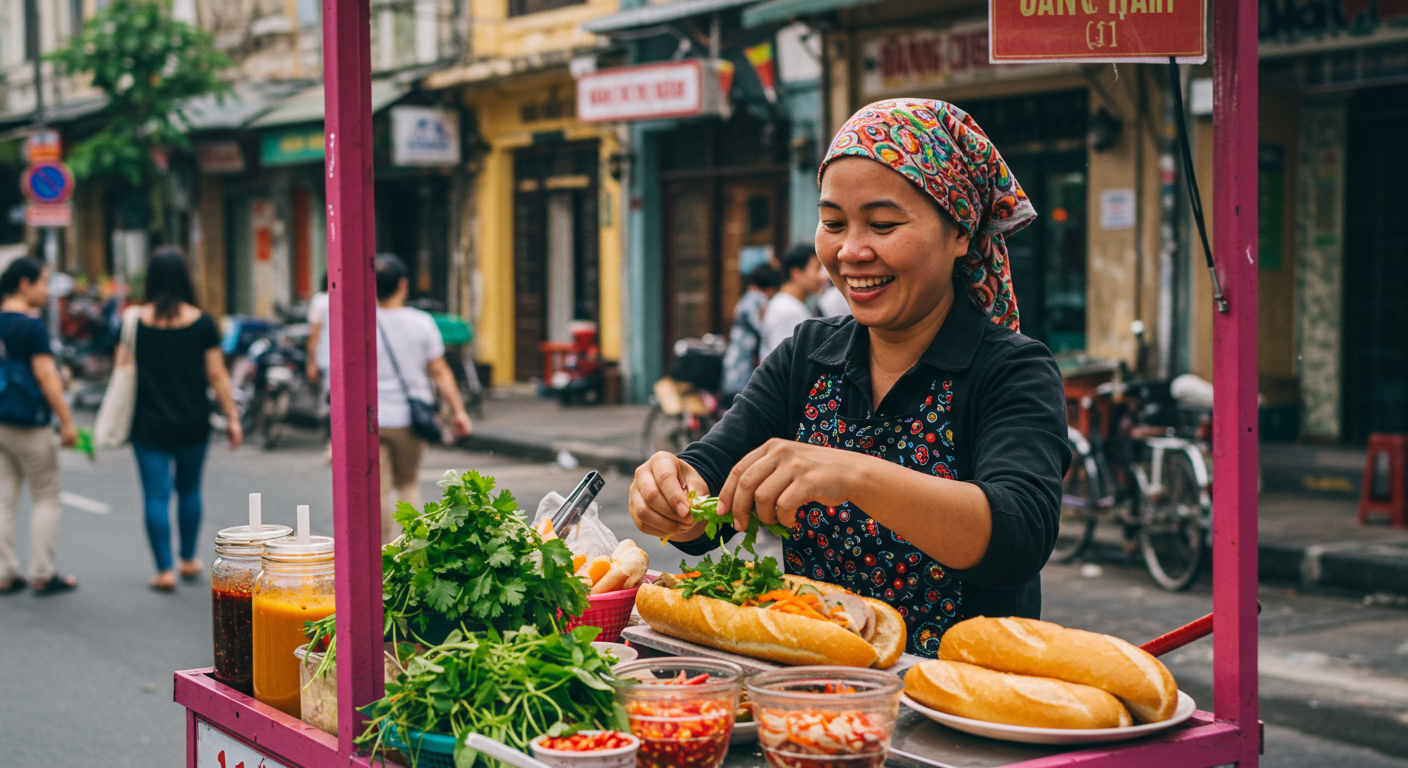
The word "bánh mì" itself reflects this history—"bánh" is the Vietnamese word for cake or pastry, while "mì" refers to wheat. Together, they simply meant "wheat cake" or "bread," originally referring just to the French-style baguette itself.
French colonists established bakeries to satisfy their cravings for homeland bread, introducing Vietnam to European baking techniques. However, these early baguettes were purely French—made with expensive imported wheat flour and prepared according to traditional French methods.
Vietnamese Adaptation: The Birth of a Hybrid
As with many colonial cultural imports, the Vietnamese didn't simply adopt French bread—they adapted it. By the 1950s, local bakers had begun creating a Vietnamese interpretation of the baguette, one better suited to local conditions and tastes.
The Vietnamese baguette became lighter and airier than its French counterpart, with a thinner crust and a more open, rice-flour-supplemented crumb. This adaptation was born of necessity—wheat was expensive, so Vietnamese bakers incorporated rice flour into the dough, creating the distinctive texture that characterizes bánh mì bread today.
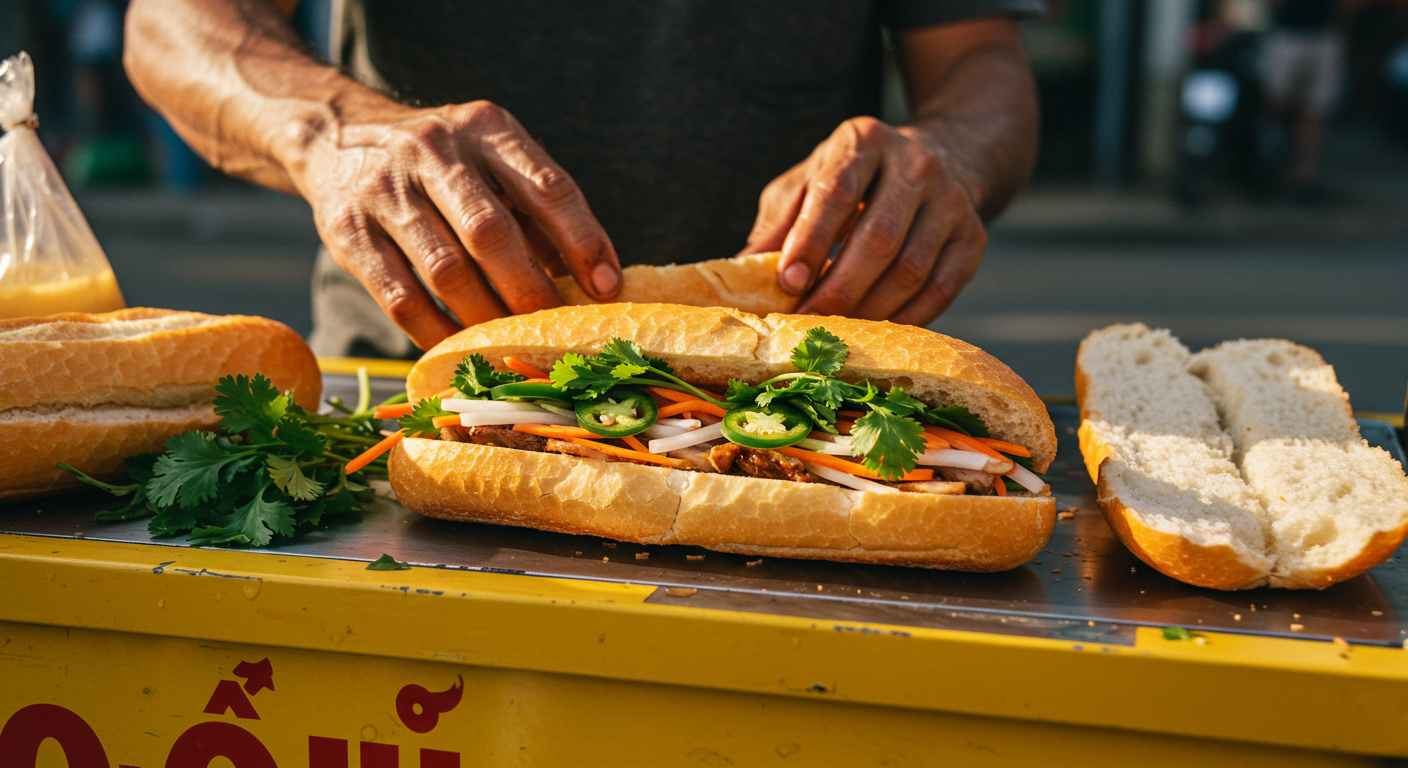
The sandwich as we know it emerged gradually during the mid-20th century. Early versions likely contained simple French ingredients—butter, pâté, ham, and cheese. But Vietnamese vendors soon began incorporating local ingredients, creating a unique fusion cuisine.
The Watershed Moment: Post-1954 Evolution
After the French defeat at Dien Bien Phu in 1954 and their subsequent withdrawal from Vietnam, the bánh mì underwent a critical transformation. With the departure of the French, the Vietnamese had full ownership of the sandwich and began to more boldly incorporate Vietnamese flavors and ingredients.
This period saw the inclusion of:
- Đồ chua (pickled daikon and carrots)
- Fresh cilantro and other herbs
- Vietnamese chili peppers
- Fish sauce-based seasonings
- Local proteins like grilled pork, Vietnamese sausage, and other meats prepared with Vietnamese spices
The sandwich's evolution accelerated in Saigon (now Ho Chi Minh City), where street vendors competed to create the most delicious versions. The classic "bánh mì thịt" (meat bánh mì) emerged during this period, featuring a combination of Vietnamese charcuterie, pâté, mayonnaise, vegetables, and herbs that would become the sandwich's signature composition. These essential bánh mì fillings would later define what makes the perfect bánh mì.
Global Spread: From Refugee Food to International Sensation
The fall of Saigon in 1975 triggered an exodus of Vietnamese refugees, many of whom settled in the United States, Australia, and France. These communities brought their culinary traditions with them, establishing bánh mì shops in cities like Paris, Sydney, and especially in American cities with large Vietnamese populations like San Jose, Houston, and New Orleans.
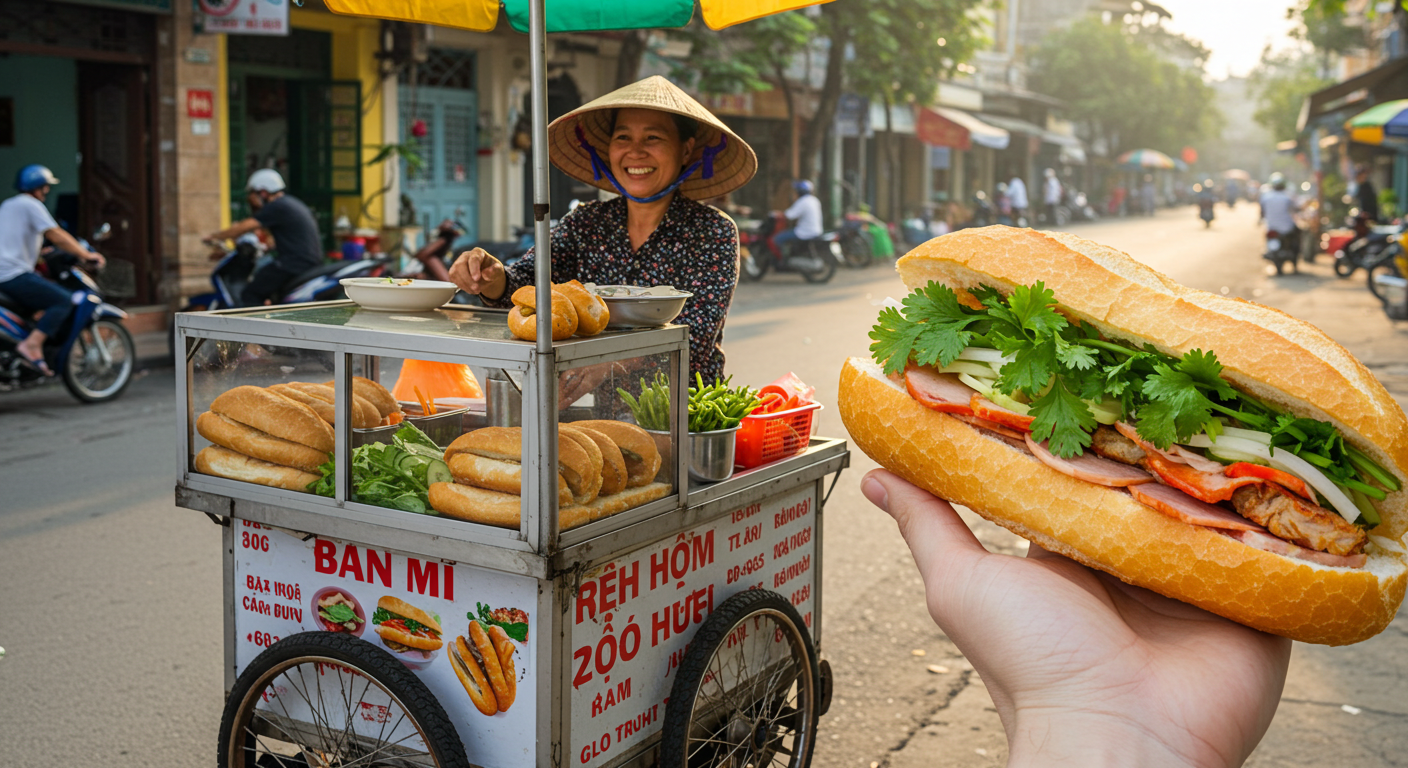
Initially, bánh mì remained primarily within Vietnamese communities, serving as a taste of home and an affordable business opportunity for new immigrants. In the United States, early bánh mì shops often advertised "French sandwiches" rather than using the Vietnamese name, both to appeal to American customers and to distance themselves from negative Vietnam War associations.
By the 1990s, bánh mì had begun to gain attention beyond Vietnamese communities. Food writers and adventurous eaters discovered these delicious and affordable sandwiches, spreading the word through early food blogs and magazine articles. The sandwich's popularity grew as people discovered the regional variations of bánh mì that showcase Vietnam's diverse culinary traditions.
The 21st Century Bánh Mì Boom
The early 2000s saw bánh mì break into the mainstream. Several factors contributed to its exploding popularity:
- The rise of foodie culture: As interest in authentic global cuisines grew, bánh mì presented an accessible entry point to Vietnamese flavors.
- Affordability: During the 2008 recession, bánh mì offered gourmet flavor at fast-food prices, typically costing half the price of other "artisanal" sandwiches.
- Health perceptions: With its lean proteins, pickled vegetables, and fresh herbs, bánh mì aligned with growing interest in healthier fast food options.
- Social media: Photogenic and portable, bánh mì became Instagram-friendly food, with hashtags spreading its popularity further.
By 2010, bánh mì had entered the culinary mainstream. High-end chefs began creating gourmet versions, fast-casual chains dedicated to the sandwich emerged, and the term "bánh mì" entered the lexicon of food enthusiasts worldwide. In 2011, the word was even added to the Oxford English Dictionary, cementing its place in global food culture. Today, visitors to Vietnam are often surprised by how affordable bánh mì is compared to Western prices.
Modern Variations: Traditional and Innovative
Today, bánh mì exists in countless variations. Traditional Vietnamese shops still serve the classics:
- Bánh mì thịt nguội: Cold cuts with pâté
- Bánh mì thịt nướng: Grilled pork
- Bánh mì xíu mại: Meatballs
- Bánh mì chay: Vegetarian versions
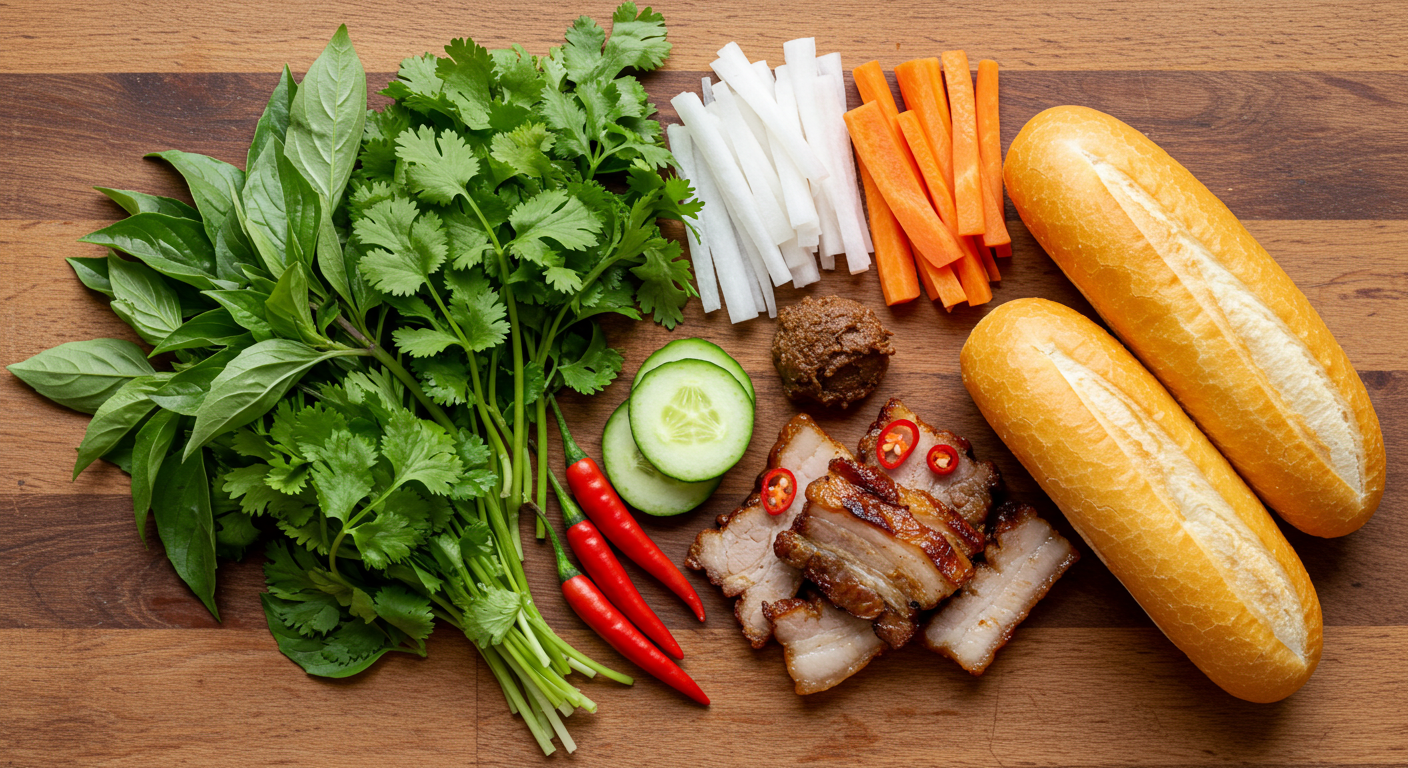
Meanwhile, creative chefs worldwide have developed fusion versions incorporating everything from Korean bulgogi to Southern fried chicken. Vegetarian and vegan bánh mì have become increasingly popular, using ingredients like tofu, tempeh, and mushroom pâté. The sandwich continues to evolve with innovative bánh mì toppings that complement the traditional elements.
Even in Vietnam, the sandwich continues to evolve. Modern Vietnamese bánh mì shops in Hanoi and Ho Chi Minh City experiment with new ingredients while respecting traditional techniques, catering to both tourists and changing local tastes.
Cultural Significance: More Than Just a Sandwich
The bánh mì represents more than just a delicious meal—it embodies Vietnam's complex history and remarkable cultural resilience. It stands as a culinary metaphor for Vietnam itself: influenced by foreign powers but transformed through Vietnamese creativity into something uniquely and proudly Vietnamese.
The sandwich demonstrates how food can tell the story of colonization, cultural exchange, war, migration, and globalization. Each ingredient—from the French-inspired baguette and pâté to the Vietnamese herbs and pickles—represents a chapter in Vietnam's journey.
For the Vietnamese diaspora, bánh mì serves as an important cultural touchstone, a taste of home that has also become an ambassador of Vietnamese culture to the wider world. What began as colonial food has become a source of cultural pride and identity.
Conclusion: The Ongoing Evolution
The bánh mì's journey—from French colonial import to global food phenomenon—illustrates how cuisine evolves across borders and generations. What makes the bánh mì special is not just its delicious flavor profile, but its remarkable capacity for adaptation while maintaining its essential character.
As the bánh mì continues its global journey, it will undoubtedly inspire new variations and interpretations. Yet its core identity—that perfect balance of crusty bread, savory proteins, bright pickles, and fresh herbs—remains a testament to the ingenious culinary fusion that has made Vietnamese cuisine one of the world's most beloved.
The next time you bite into a bánh mì, remember that you're tasting not just a sandwich, but a rich history of cultural exchange, adaptation, and culinary innovation that spans continents and centuries.

